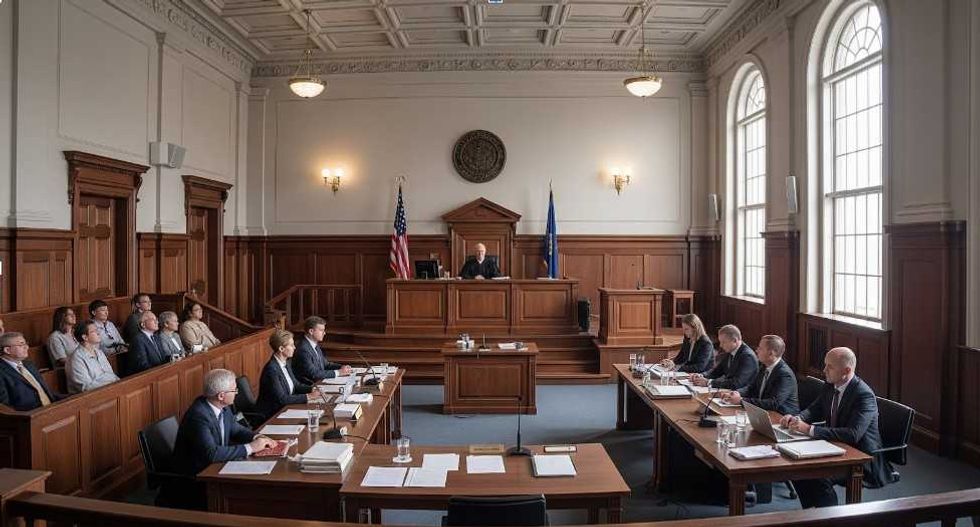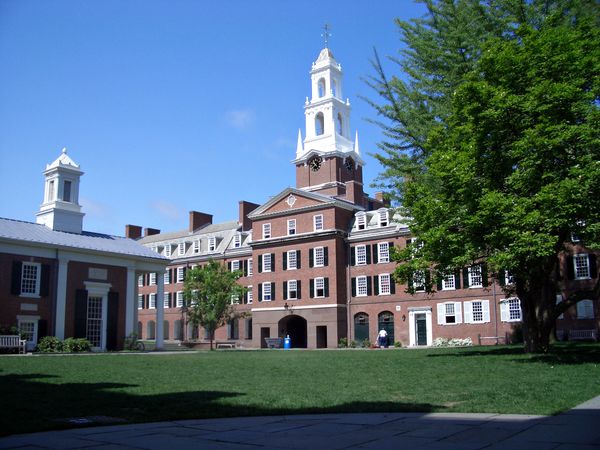We all remember that weird scene in the classic “The Great Gatsby” novel, where Nick watches Gatsby reach towards the green light blinking in the darkness of the night. The metaphor of the American Dream that Scott Fitzgerald famously used, comparing Gatsby’s inability to capture Daisy’s heart after long years of hard work and dedication to the struggles of the American population during that era to get those doors of opportunity to open. Those struggles continue on today.
In 2015, the immigrant population hit a record of 42.1 million people in the United States. Waves of immigration, after the migration of the English to America, have been happening since the 19th century. Every wave is in search of ways to support their families. They want a better life than what their country has to offer them. They want to feel safe and secure. However, every wave has been met with hostility in America, the land of the freedom and equality. In the 1800s, people from Germany, Ireland, and Italy migrated here to escape religious intolerance and persecution (like the first settlers in the New World), escaping a disastrous famine, and people hoping to improve their quality of life. These people were met with a movement of nativism and were denied well-paying jobs, sanitary housing, and basic human rights. In the 1900s, another wave of immigrants began because of the glamorous 1920s and its beautiful golden promises, but they were handed dull hammers and shovels to practically build the entire country like they’ve been doing since The First Wave.
"I came to America because I heard the streets were paved with gold. When I got here, found out three things: First, the streets weren't paved with gold; second, they weren't paved at all: and third, I was expected to pave them."
And now? And now, we have a presidential candidate promoting the discrimination of primarily Hispanics/Latinos and Muslims out of fear, just like the Know-Nothing Party of the 1800s.
However, the American Dream isn't just out of reach for immigrants. It is out of reach for those born into this flawed system as well.
In "Requiem for the American Dream," Noam Chomsky, a highly respected professor at MIT, carefully illustrates how this came to be with data and examples. In his documentary, he mentions how the powerful upper class exploit and silence the suffering working class, evident in the worries surrounding the feminist, civil rights, and peace movements because of the emergence of countercultures. To them the ideal society is this: while the 1% benefit from the work the 99% provide, the 99% are stuck in traffic, in cubicles for one-third of the day or more, and aren't able to spend time with their families because they're too busy securing their futures.
Forty-eight percent of millennials believe the American Dream is dead. Half of the generation who was taught that working hard in school and getting a college degree will guarantee a job out there has given up. The American Dream is just a dream to them; they have no hopes of crossing the stretch of water and finally touching the mocking green light flickering in the distance.
Why? According to Noam Chomsky, it is because capitalism put power into the hands of the rich, power put there by the U.S. Constitution itself, which led to the nails hammered into the American Dream's coffin.
Has capitalism, a praised economic system for being such a "success," ultimately failed America?





















